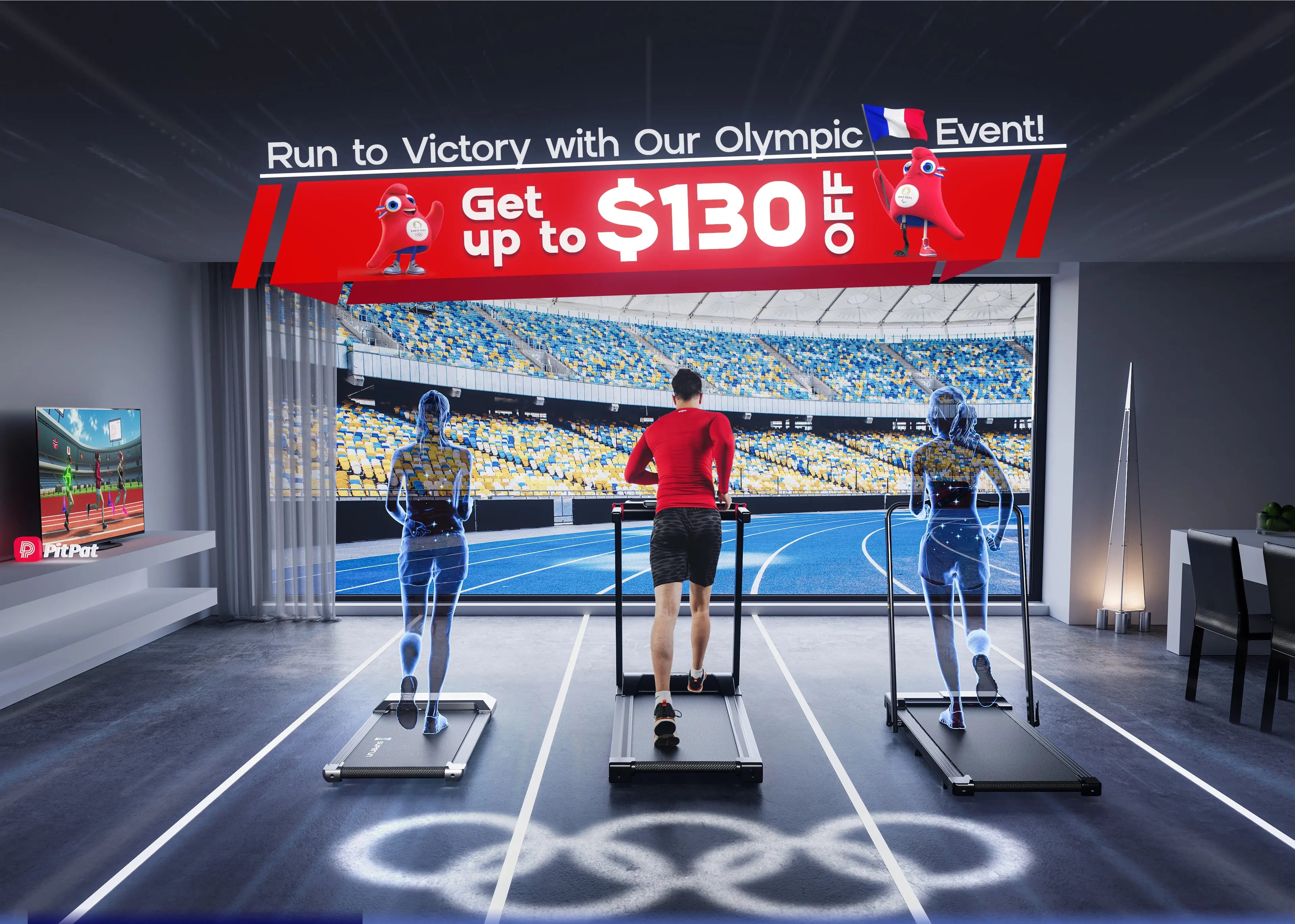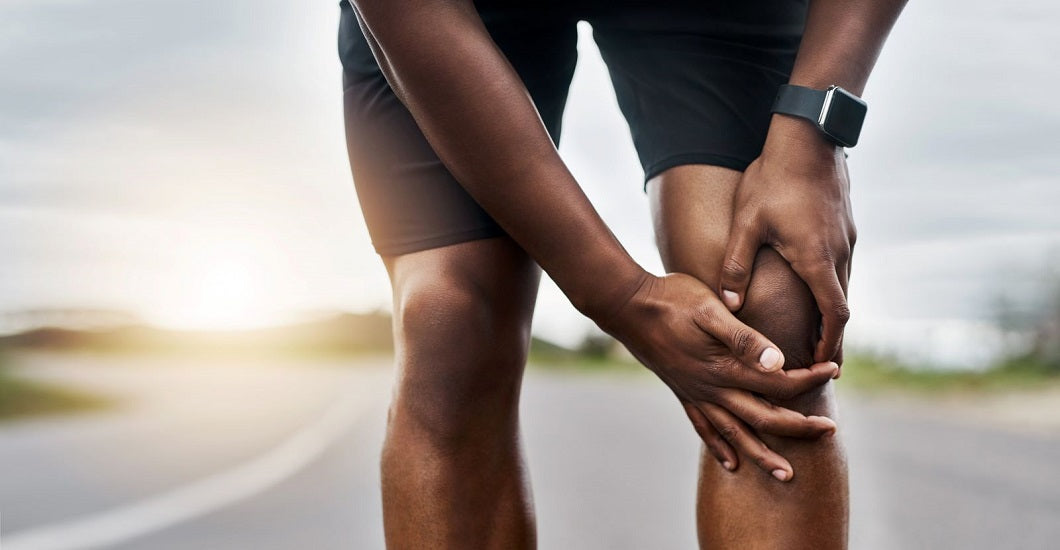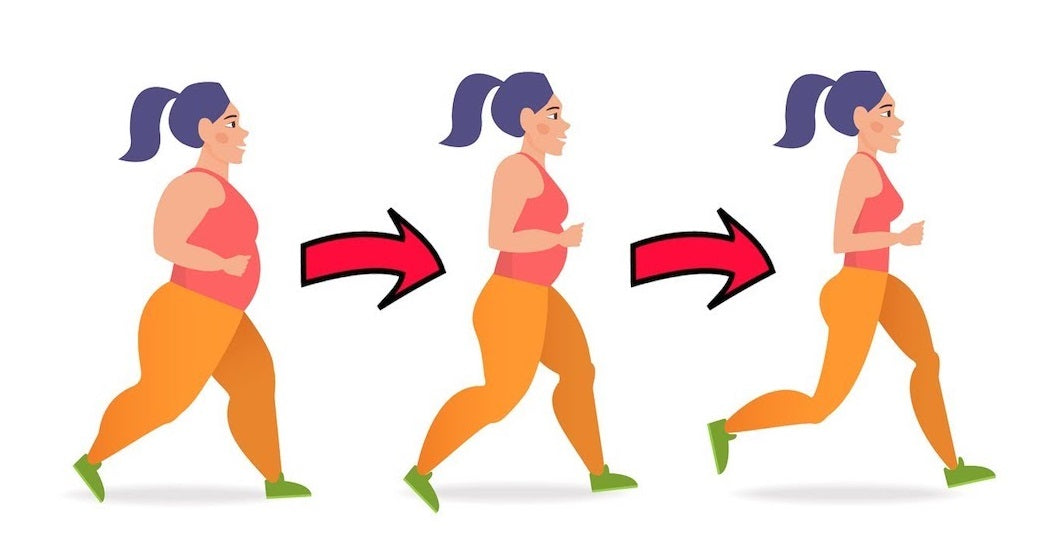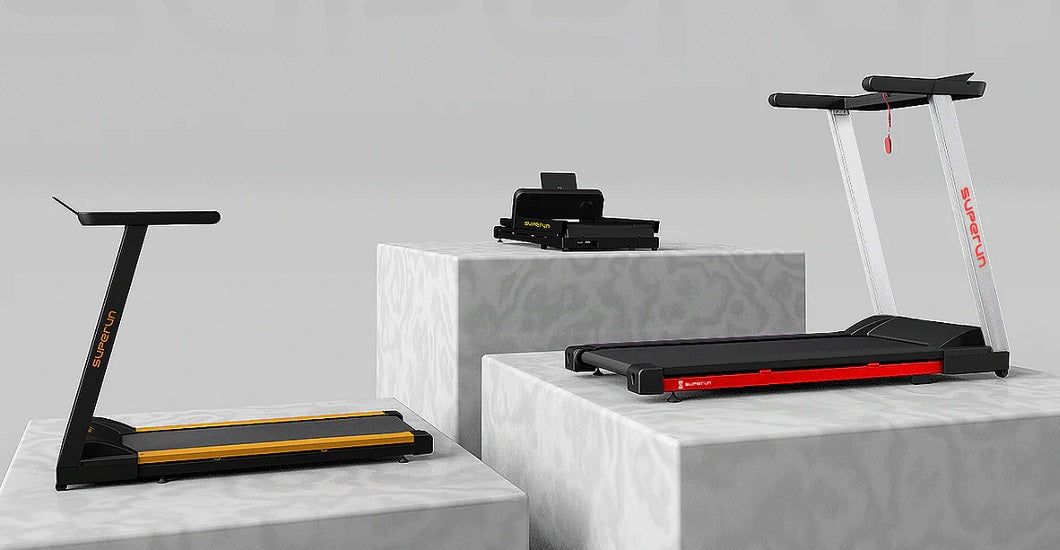Running is a simple sport that anyone can do. Running is a simple sport that anyone can do. Jogging is a common form of aerobic exercise. It can help burn calories, improve heart and lung health, strengthen muscles and bones, prevent strokes, and reduce stress.
People often enjoy running outdoors or on a treadmill.
However, when it comes to jogging, there is always a voice in our ears - "running hurts the knees" because when running, the knees have to bear more weight than walking. But does running hurt your knees? Can we jog?
Why do my knees hurt when I run?
The knee joint is the link between the human body, the key to maintaining our basic mobility, and the most complex weight-bearing joint in the body. Whether walking or running, the knee joints are trying to help us absorb shocks as much as possible, distribute the pressure, and slow down the impact.
The knee joints are indeed subjected to greater pressure when running. If the knee joints are subjected to one to two times the body's weight when standing or walking, they are about four times as heavy when running. However, whether or not running hurts the knee joint depends on the runner's age, weight, running posture, running speed, running volume, muscle strength of the lower limbs, and the condition of the knee joint itself.

There are four groups of people whose knee joints are easily damaged when running:
One group is overweight people with insufficient muscle strength, whose knee joints are under excessive pressure and do not have strong muscles for protection and support. If they run fast or long distances beyond their ability, it is easy to damage their knee joints.
The second group is people whose knee joints have suffered from traumatic injuries or have abnormal development, and they are more prone to wear and tear than normal people; the third group is people who pursue running volume and speed beyond their ability, whose running volume and speed need to be increased gradually. The second category is people who have had knee joint trauma or congenital development abnormalities; compared with normal people, their knee joints are more prone to wear and tear.
The third category is people who pursue the running volume and running speed even more than their ability to bear; the running volume and running speed need to be increased gradually and orderly.
The fourth category is older adults. The knee is the largest and most complex joint in the human body and the largest weight-bearing joint, and it plays a vital role in upright human walking.
As we age, wear and tear of the knee joint is inevitable and irreversible, and the degree of wear and tear is directly proportional to the amount of weight carried. The more weight the knee bears, the greater the chance that the articular cartilage will wear out and the easier it is to strain the tendons around the joint, all of which accelerates the deterioration of the knee joint.
How to avoid knee pain when running?
use kneepad
Knee pads can be used to protect the knee; running knee movement amplitude is too large, the soft tissues around the knee, muscles, and ligaments excessive movement, easy to occur sports injuries; running with knee pads, on the one hand, can protect the knee limiting excessive knee movement.
On the other hand, knee pads add a layer of protection to avoid accidental bumps when running. In addition, running body metabolism accelerates, knee pores open, easy to catch cold, wind, cold and dampness easy to take advantage of the opportunity to invade the human body; knee pads can effectively protect the knee joints.
lose weight and muscle strengthening
People who are overweight and lack muscle strength are prone to damage their knee joints if they run faster or longer than they can. People who have suffered trauma to their knee joints or have congenital developmental abnormalities should also pay extra attention to this. In addition, you should not pursue running volume and running speed beyond your capacity; running volume and running speed need to be increased gradually.
Experts suggest that the first thing to do is to control your weight and reduce the pressure it puts on your knee joints. Secondly, to strengthen the lower limbs and core muscles, exercise to help better maintain the stability of the joints, torso, muscle exercise, and then go running will be more secure. At the same time, pay attention to correct running posture, pre-running stretching, relaxation after running, and control the amount of exercise in the chosen venues preferred outdoor smooth straight line plastic running track.
Suppose you need to run on a treadmill at home. You can choose the SupeRun folding treadmill that has a star-level runway. The four-layer professional track simulates real running and improves the comfort and safety of sports.
sensible exercise to protect your knees
The knee joint can be effectively protected through sensible exercise.
You can do whole-body exercise under non-weight bearing, swimming and cycling are very good choices. When swimming, the water can resist the body's weight, and during exercise, the joints of the lower limbs and the entire spine will not bear the pressure brought about by the body's weight.
In addition, swimming is very calorie-burning and can build muscle strength. When riding a bicycle, the body's weight is transmitted to the ground along the hips, equivalent to hip and knee mobility, and the muscle strength of the lower limbs will also be exercised. At home, you can target the quadriceps muscles around the knee and strengthen the joints with seated straight leg raises.
abandon the "squatting and kneeling."
In our daily lives, some actions we "take for granted" can harm the knee joint.
For example, some people are willing to squat and scrub the floor when doing chores at home, while others like to sit cross-legged or put weight on their joints for long periods. These can cause additional damage to the joints.
Normal joints function through flexion and extension. However, the movements of the knee are very complex. The movement of the knee is not only flexion and extension but also intra-articular rotation and anterior-posterior slippage. Suppose the complex joint movement is disrupted and the meniscus is damaged. In that case, the knee joint will be subjected to additional increased forces during movement, and overstressing, overloading, and flexion, plus rotation and torsion, can lead to knee injuries.
When squatting or kneeling, the change in body position between squatting and standing up can place an extra burden on the joints, so it should be avoided as much as possible. In cleaning, doing housework when bending, or squatting to wipe the floor, may produce an additional burden on the joints; at this time, you can use some auxiliary cleaning tools. Cross-legged sitting should be avoided as much as possible.
When carrying heavy objects, you can assist with a cart or other tools to reduce the burden on the joints. In addition, no matter what age group, one should focus on joint ability training to increase joint strength. Because there are reserves in advance, it is less likely to be injured.

How to strengthen knees for running?
Only when the knee joint and the surrounding muscles are strong can normal knee function be better maintained. Professionals have recommended eight scientific exercise methods for the knee joint. After changing sides for a group, each action ten times, adhere to at least one per group per day.
Action 1: Both hands and knees on the ground, left hand and right foot raised, straight forward. You can place a soft cushion under the knee joint to fully protect the knee.
Action 2: Standing, hands straight and parallel, two feet into a d-step, one foot forward.
Action 3: Lie on your back, straighten your feet as much as possible, and alternately press to the upper body, hands gently supporting the calves, head slightly raised.
Action 4:
- Lie on your side.
- Support your upper body with both hands.
- Keep one foot close to the ground.
- Lift one foot as much as possible.
Action 5: Hands and knees on the ground, one foot lifted backward stirrups.
Action 6: Both hands and toes on the ground, one foot lifted backward to do stomping action.
Action 7: Hands and knees on the ground, one foot lifted, thighs parallel to the upper body, calves flexed to the hips, as close as possible to the direction of the thighs.
Action 8: Standing slightly sideways, hands up, lunge movement, back foot raised simultaneously, both hands bent to the sides of the waist movement.
Conclusion
In short, the relationship between running and knee health is complex. Although running is widely recognized as bad for the knee, sensible exercise can also protect the knee.






Leave a comment
All comments are moderated before being published.
This site is protected by hCaptcha and the hCaptcha Privacy Policy and Terms of Service apply.